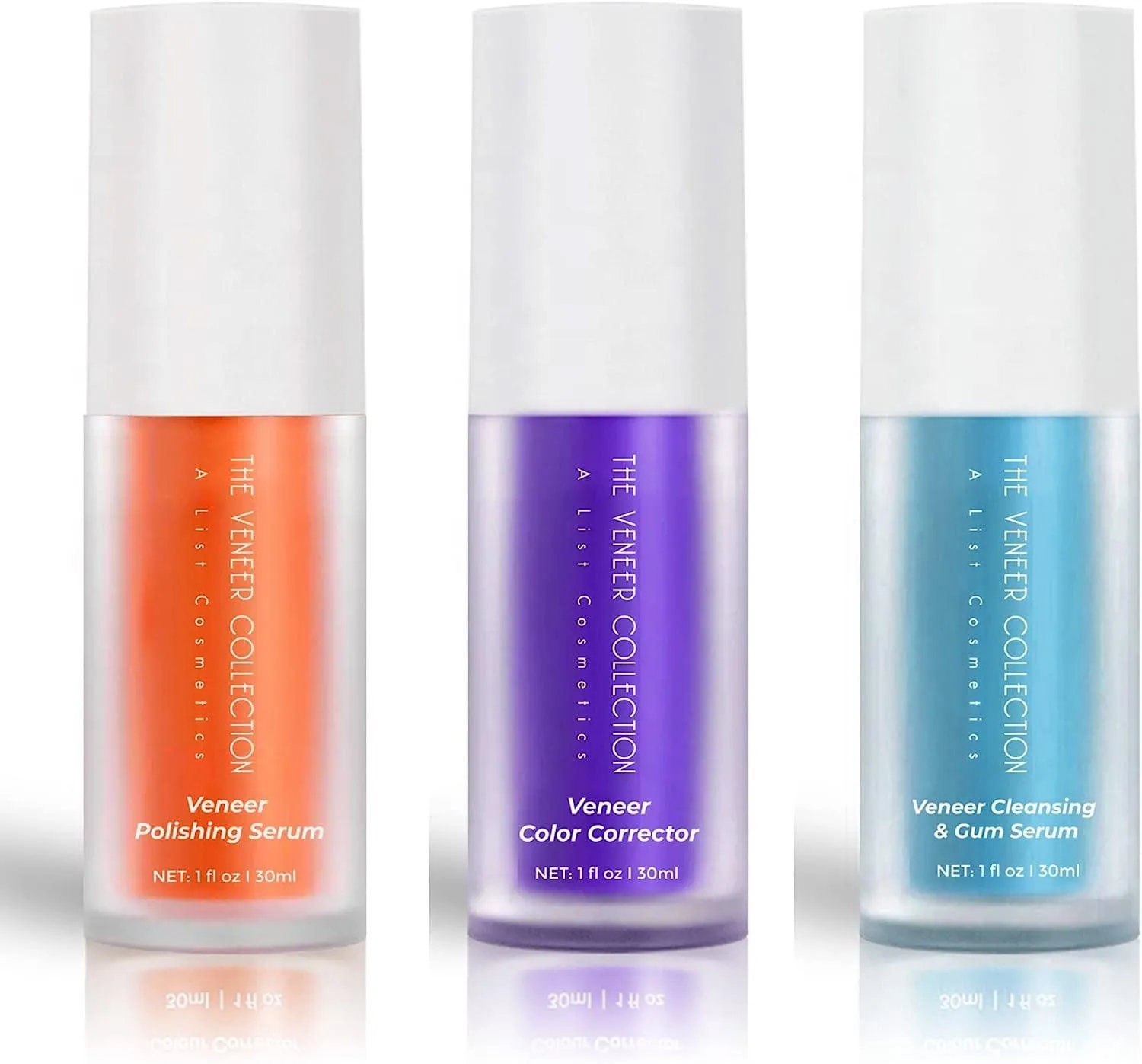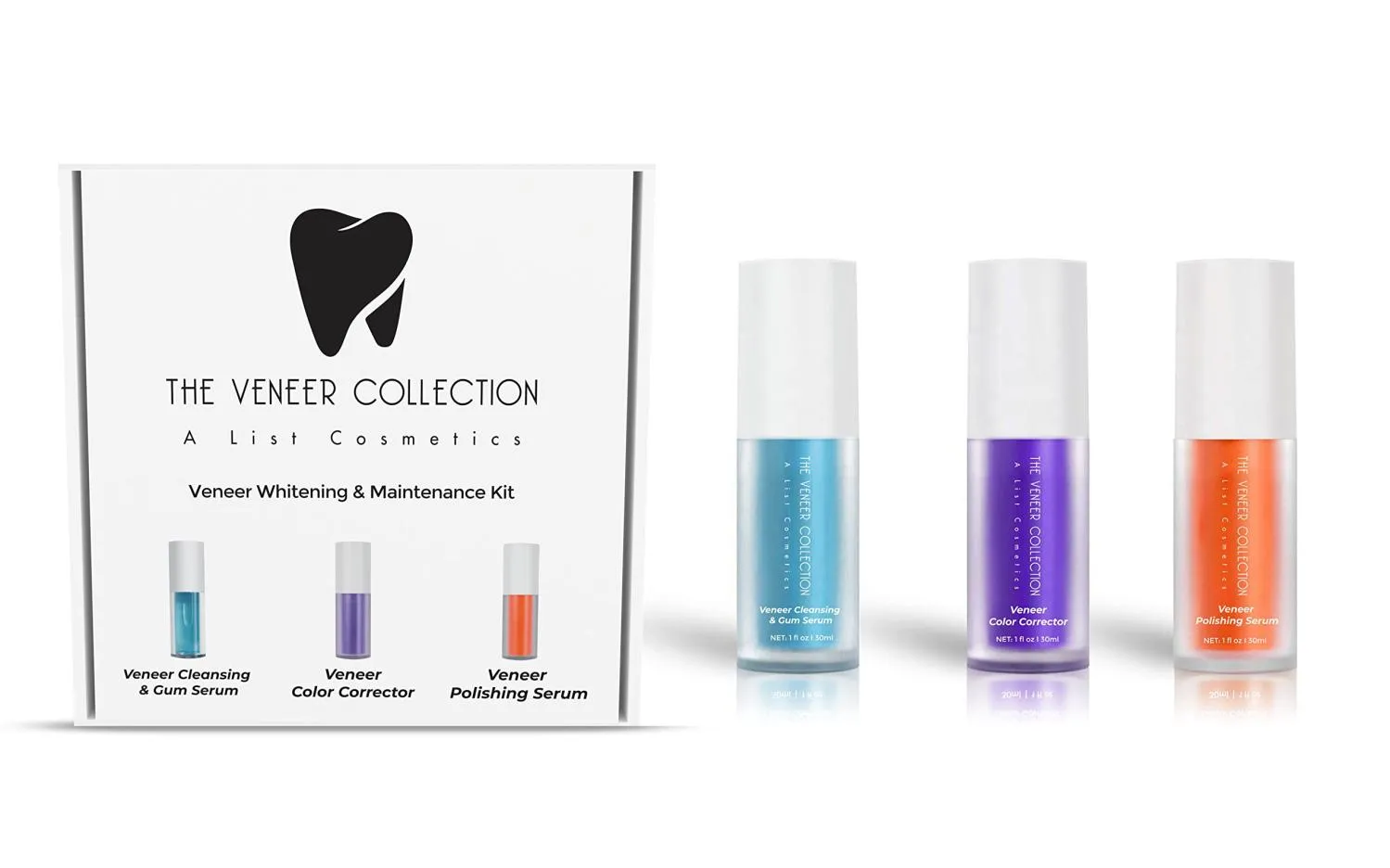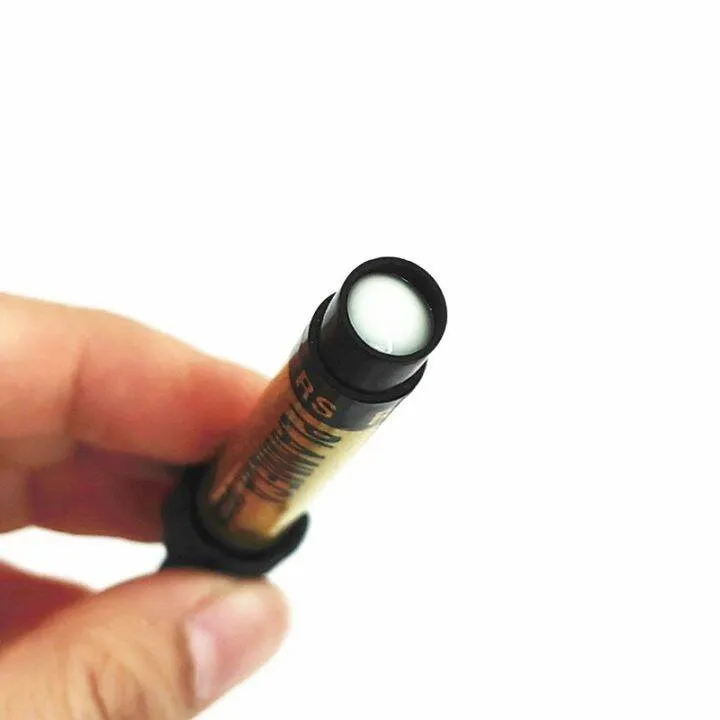Achieving a dazzling smile is a common aspiration, and veneer whitening offers a transformative solution for enhancing the aesthetics of your teeth. Veneers, thin shells bonded to the front surface of teeth, can dramatically improve their appearance by addressing issues like discoloration, chips, and gaps. This comprehensive guide delves into the world of veneer whitening, providing you with the essential knowledge to achieve the best possible results and maintain a radiant, confident smile for years to come. From understanding the procedure to post-procedure care, this article will equip you with the information needed to make informed decisions and enjoy the benefits of a beautifully whitened smile.
Understanding Veneer Whitening
Veneer whitening encompasses the process of using dental veneers to create the illusion of whiter teeth. It’s important to understand that veneers themselves aren’t inherently ‘whitening’ in the traditional sense like teeth whitening procedures. Instead, the dentist selects a shade of veneer that appears whiter than the existing teeth, creating a brighter smile. This procedure effectively masks stains, discoloration, and imperfections, providing a long-lasting solution for a more aesthetically pleasing appearance. The success of veneer whitening lies in the careful selection of the right veneer type, the expertise of the dentist, and diligent post-procedure care. The ultimate goal is to create a natural-looking, beautifully whitened smile that complements your facial features and boosts your self-confidence.
What are Dental Veneers
Dental veneers are custom-made, wafer-thin shells typically crafted from porcelain or composite resin. They are designed to cover the front surface of the teeth, effectively concealing imperfections and creating a more uniform and attractive smile. Porcelain veneers are renowned for their durability, stain resistance, and natural appearance, mimicking the translucency of natural teeth. Composite resin veneers, while often more affordable, may be more prone to staining and wear over time. The choice between porcelain and composite resin depends on individual needs, budget considerations, and the dentist’s recommendations. Veneers are a versatile cosmetic solution, addressing a variety of dental concerns and providing a minimally invasive way to achieve a significant smile makeover.
Types of Veneers

There are primarily two types of veneers commonly used in veneer whitening porcelain veneers and composite resin veneers. Porcelain veneers are the gold standard, known for their superior aesthetics, durability, and stain resistance. They are custom-made in a dental laboratory, allowing for precise shade matching and a natural appearance. Composite resin veneers, on the other hand, are often applied directly to the tooth in a single visit. They are typically less expensive than porcelain veneers but may be more prone to staining and may not last as long. The choice between porcelain and composite resin depends on several factors, including your budget, the extent of the cosmetic issues, and your dentist’s recommendations. Understanding the pros and cons of each type will help you make an informed decision that aligns with your aesthetic goals and long-term oral health.
The Veneer Whitening Process
The veneer whitening process is a multi-step procedure that requires careful planning and execution. It typically involves consultation, tooth preparation, impression-taking, veneer fabrication, and bonding. Each step is crucial for achieving the desired outcome a beautiful, natural-looking, and long-lasting smile. The dentist will assess your oral health, discuss your aesthetic goals, and determine if veneers are the right solution for you. Understanding each stage of the process is essential for setting realistic expectations and ensuring a smooth and successful treatment experience. The entire procedure is designed to provide a minimally invasive and highly effective way to enhance your smile and boost your confidence.
Consultation and Planning
The initial consultation is a critical step in the veneer whitening process. During this appointment, the dentist will evaluate your oral health, discuss your cosmetic goals, and determine if veneers are the appropriate treatment option. This includes a thorough examination of your teeth, gums, and bite. The dentist may take X-rays and impressions to assess the underlying structure of your teeth and plan for the veneer placement. The consultation also involves a discussion about the shade, shape, and size of the veneers. The dentist will work with you to create a treatment plan that aligns with your expectations and ensures a natural-looking result. This initial planning phase sets the foundation for a successful and satisfying outcome.
Preparation of Teeth

Preparing the teeth for veneers typically involves removing a small amount of enamel from the front surface of the teeth. This is necessary to create space for the veneers, ensuring they fit properly and don’t make your teeth appear bulky. The amount of enamel removed is usually minimal, often less than a millimeter. In some cases, if the teeth are already small or if the veneers are very thin, little to no preparation may be needed. The dentist will use a local anesthetic to numb the area, making the procedure comfortable. After the teeth are prepared, an impression or digital scan is taken to create a mold for the veneers. This mold is sent to a dental laboratory, where the custom veneers are fabricated. The preparation stage is crucial for ensuring a precise and aesthetically pleasing result.
Impression and Fabrication
After the teeth are prepared, the dentist will take an impression or a digital scan of your teeth. This mold serves as a blueprint for the dental laboratory to fabricate your custom veneers. Traditional impressions involve using a putty-like material placed over the prepared teeth, while digital scans utilize advanced technology to create a precise 3D image. The dental laboratory uses the impression or scan to create the veneers, meticulously crafting them to match your desired shade, shape, and size. The fabrication process can take several weeks, during which temporary veneers may be placed to protect your prepared teeth and maintain your smile’s appearance. The precision and craftsmanship of the dental laboratory are vital for the final outcome of your veneer whitening procedure.
Bonding Veneers
Once the veneers are fabricated, they are ready to be bonded to your teeth. The dentist will first clean and prepare the teeth, ensuring the surface is free of any debris. The veneers are then placed on the teeth to check for fit and aesthetics. The dentist may make minor adjustments to the veneers if needed. A special adhesive is applied to both the veneers and the teeth, and the veneers are then carefully positioned. Using a curing light, the dentist hardens the adhesive, permanently bonding the veneers to the teeth. The dentist will then remove any excess adhesive and polish the veneers, creating a seamless and natural-looking finish. The bonding process is a critical step, requiring precision and skill to ensure the veneers are securely attached and aligned properly.
Post-Procedure Care for Veneer Whitening

Caring for your veneers after the procedure is essential for maintaining their appearance and longevity. Proper oral hygiene, dietary considerations, and regular professional maintenance are crucial for ensuring your veneers remain stain-free, durable, and aesthetically pleasing. Following your dentist’s instructions and adopting healthy habits will help you enjoy your beautiful new smile for many years to come. Consistent care not only preserves the investment in your veneers but also contributes to overall oral health, preventing complications and ensuring long-term satisfaction with the results.
Maintaining Oral Hygiene
Maintaining excellent oral hygiene is paramount for the longevity and appearance of your veneers. Brush your teeth at least twice a day with a soft-bristled toothbrush and non-abrasive toothpaste. Floss daily to remove plaque and food particles from between your teeth and around the veneers. Use an antimicrobial mouthwash to further reduce bacteria and protect your gums. Regular dental check-ups and professional cleanings are also essential for removing plaque and tartar that can accumulate over time. Following these oral hygiene practices will help prevent staining, decay, and gum disease, ensuring your veneers remain bright and your smile stays healthy.
Dietary Considerations
Your diet plays a significant role in the longevity and appearance of your veneers. While porcelain veneers are stain-resistant, certain foods and drinks can still cause discoloration over time. Minimize your consumption of staining agents such as coffee, tea, red wine, and dark-colored berries. If you do consume these items, rinse your mouth with water immediately afterward. Avoid biting directly into hard foods like apples or carrots, as this can potentially chip or damage the veneers. Additionally, be mindful of any habits that may put stress on your veneers, such as chewing on ice or using your teeth to open packages. Following these dietary guidelines will help you preserve the brilliance of your veneers and maintain your beautiful smile.
Avoiding Staining

To prevent staining and maintain the bright appearance of your veneers, it is crucial to be mindful of your habits and dietary choices. Limit your intake of staining foods and beverages such as coffee, tea, red wine, and deeply pigmented sauces. If you consume these items, rinse your mouth with water or brush your teeth afterward. Avoid smoking and chewing tobacco, as these products can significantly stain your veneers. Regular dental check-ups and professional cleanings can also help remove surface stains and maintain the original shade of your veneers. Practicing these preventative measures will help ensure your veneers continue to enhance your smile for years to come.
Professional Maintenance
Regular professional maintenance is crucial for ensuring the longevity and optimal appearance of your veneer whitening. Visit your dentist for check-ups and cleanings at least twice a year. During these appointments, the dentist will assess the condition of your veneers, check for any signs of damage, and provide a thorough cleaning to remove any plaque or tartar buildup. The dentist may also polish your veneers to help maintain their luster and remove any surface stains. Following the dentist’s recommendations for professional maintenance will help you protect your investment and keep your smile looking its best.
Enhancing and Prolonging Results
To maximize the results of your veneer whitening and extend their lifespan, consider these additional tips. Choose a dentist with extensive experience in veneer procedures, as their expertise will significantly impact the outcome. Set realistic expectations about the final shade and appearance of your veneers, understanding that they should complement your natural features. Be consistent with your oral hygiene routine, including brushing, flossing, and regular dental check-ups. Additionally, protect your veneers from damage by avoiding hard or sticky foods and using a mouthguard during sports or if you grind your teeth at night. By following these guidelines, you can ensure a beautiful, long-lasting smile.
Choosing the Right Dentist

Selecting a skilled and experienced dentist is paramount for the success of your veneer whitening procedure. Research dentists in your area and look for those who specialize in cosmetic dentistry and have a proven track record with veneers. Read reviews, view before-and-after photos, and schedule consultations to discuss your goals and assess the dentist’s approach. During the consultation, ask about the types of veneers they offer, their experience with the procedure, and the materials they use. A good dentist will take the time to understand your needs, explain the process in detail, and answer all your questions. Choosing the right dentist ensures you receive the best possible results and a beautiful, healthy smile.
Realistic Expectations
Having realistic expectations is essential for a satisfying veneer whitening experience. While veneers can dramatically enhance your smile, it’s important to understand their limitations. Discuss your desired shade and appearance with your dentist during the consultation, and be open to their professional recommendations. Veneers should complement your natural features and create a harmonious and balanced smile. Understand that veneers are not indestructible and require proper care and maintenance to ensure their longevity. By setting realistic expectations and working closely with your dentist, you can achieve a beautiful and natural-looking smile that you’ll be proud to show off.
Frequently Asked Questions
Many individuals considering veneer whitening have questions about the procedure. Here are some frequently asked questions and their answers
What is the lifespan of veneers? The lifespan of veneers typically ranges from 10 to 20 years, depending on the material, oral hygiene, and lifestyle habits.
Are veneers painful? The procedure is generally painless, as local anesthesia is used during tooth preparation and bonding.
Can veneers be whitened? Veneers themselves cannot be whitened, but the dentist can choose a shade that appears whiter than the existing teeth.
Are veneers prone to damage? While durable, veneers can chip or break, especially if exposed to excessive force or trauma.
How much do veneers cost? The cost of veneers varies depending on the material, the dentist’s fees, and the location.
By addressing these common questions, you can gain a better understanding of the process and make informed decisions about veneer whitening.
Veneer whitening is a powerful cosmetic dentistry procedure that can transform your smile and boost your confidence. By understanding the process, from consultation to post-procedure care, and following the guidelines outlined in this guide, you can achieve the best possible results and enjoy a radiant, long-lasting smile. Remember to choose a qualified dentist, maintain excellent oral hygiene, and be mindful of your diet to protect your investment and preserve the beauty of your veneers. With the right approach, you can achieve the smile of your dreams.
